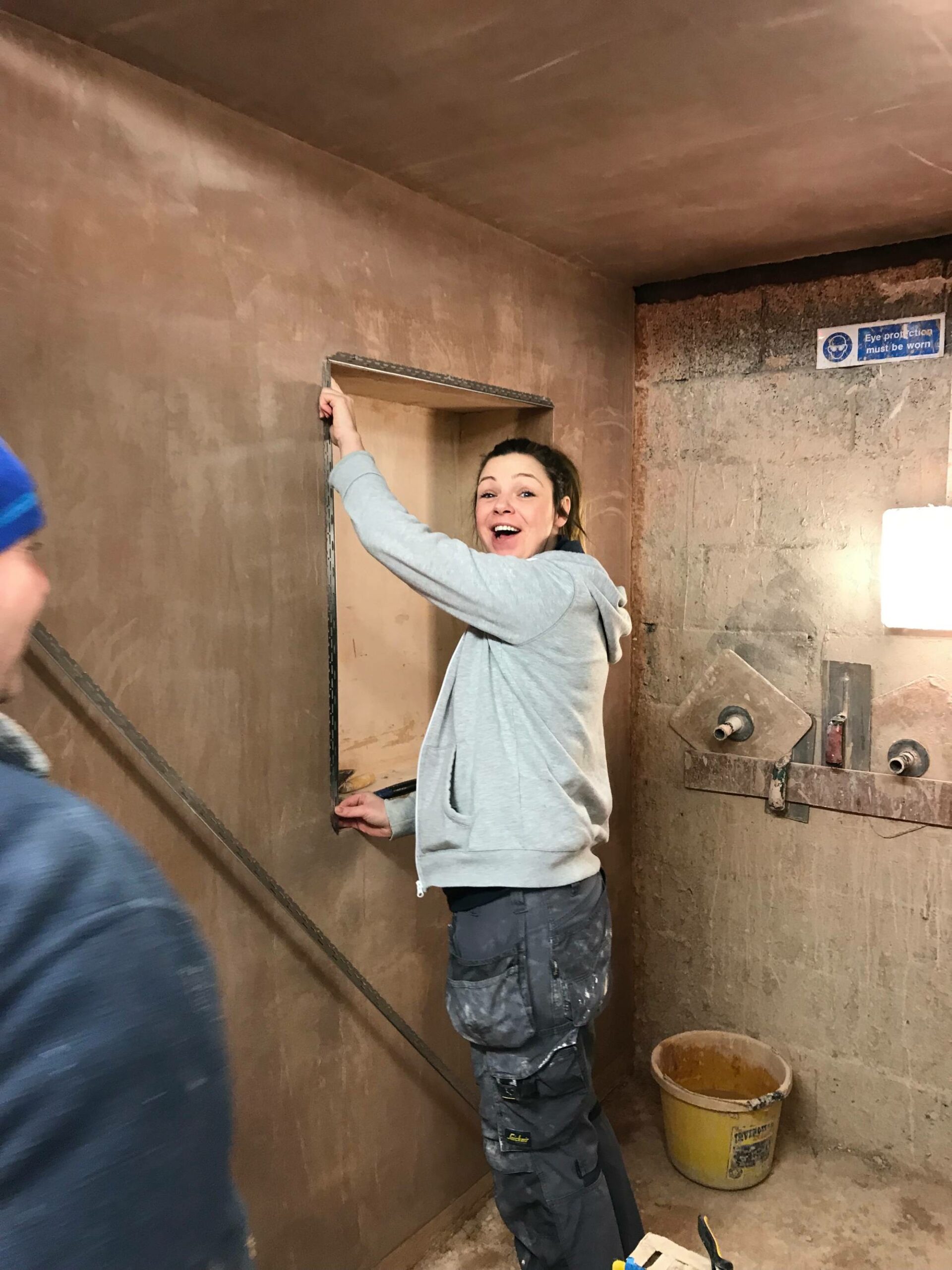Plastering Setup: Expert Services for New Construction Projects
Plastering Setup: Expert Services for New Construction Projects
Blog Article
Trick Tips and Equipment for Successful Smudging in Your Home Renovation Undertakings
Achieving a perfect plaster coating in your home enhancement tasks needs a blend of the right devices and proven strategies. Understanding the nuances of mixing plaster and using it in slim layers can substantially affect the final outcome.
Vital Plastering Devices
The necessary tools incorporate a range of carries out made to facilitate the gluing process successfully and properly. Key parts consist of a hawk, which is a level, square tool utilized to hold the plaster while applying it to surfaces.

Additionally, a mixing container is needed for preparing plaster, guaranteeing the appropriate uniformity prior to application. A gluing brush or sponge is valuable for completing touches and smoothing out textures. Last but not least, safety and security equipment such as masks and handwear covers should be consisted of to safeguard the customer from dirt and chemicals. Together, these vital plastering tools make it possible for both specialists and DIY fanatics to accomplish top notch lead to their plastering projects.
Surface Prep Work Strategies
Effectively preparing the surface area prior to smudging is critical for making sure attachment and accomplishing a remarkable finish. The very first action entails cleaning the surface area to get rid of any kind of dirt, oil, or old paint that might hinder the plaster's capacity to bond efficiently. A comprehensive clean with an appropriate cleansing solution is suggested, complied with by permitting the surface and washing to dry totally.
Next, analyze the surface area for any splits or imperfections. These need to be full of a suitable filler compound and permitted to heal according to the producer's directions. For permeable surface areas, using a guide is necessary to boost and produce an uniform appearance adhesion.
In addition, it is important to ensure that the surface area is secure and structurally audio. Any type of loose materials, such as flaking paint or damaged drywall, ought to be fixed or eliminated. Consider utilizing a scrape coat to enhance hold. if functioning with masonry surfaces.
Combining Plaster Like a Pro

Utilizing a clean blending container, pour the water initially, then progressively add the plaster powder while mixing constantly - Plastering. This method aids to avoid clumping and makes sure an also distribution of products. A mechanical mixer can be beneficial, providing constant outcomes and conserving time. Aim for a creamy, lump-free consistency that allows for easy spreading but is thick enough to hold its shape without running.
Once mixed, permit the plaster to rest for a few minutes to make it possible for the gypsum crystals to moisturize fully. This relaxing duration boosts workability and reduces the danger of breaking throughout application. By complying with these steps, you can mix plaster like a professional, setting the structure for a successful smudging task in your home enhancement endeavors.
Application Techniques for Smooth Finishes
With the plaster mix prepared to the ideal consistency, the following action entails choosing suitable application methods to achieve a smooth surface. This device permits for a fine, even distribution of plaster throughout the surface while minimizing trowel marks.
Begin by using a generous quantity of plaster to the surface utilizing the trowel, ensuring it adheres well. Once the initial layer is applied, use a sweeping movement to smooth the surface area, applying even stress.
For the last touches, a moist sponge can be used to improve the surface area further. Lightly mist the plaster with water and top article gently scrub the surface to attain a polished impact. Constantly keep in mind to function in little areas to keep control over the click over here now application procedure, making certain a smooth, expert finish throughout your plastering task.
Common Errors to Stay Clear Of
When beginning on a plastering project, staying clear of usual errors is essential for achieving a perfect coating. Among one of the most prevalent mistakes is neglecting surface area preparation. Failing to tidy and repair the substratum can result in poor bond and unequal surface areas. Make certain that all dirt, oil, and loosened products are removed prior to applying plaster.
One more usual mistake is using plaster as well thickly. Thick layers can fracture as they dry, jeopardizing the honesty of the surface. Instead, go with several slim layers, permitting each layer to dry totally before applying the following.
Furthermore, bad mixing techniques can result in inconsistent appearance and workability. Constantly follow the producer's guidelines for blending proportions and extensively blend the plaster to attain a consistent uniformity.

Timing also plays a critical role; plaster must be applied while the substratum is moist to boost adhesion. Lastly, prevent utilizing improper tools. see page High-quality trowels and floats can make a substantial difference in attaining a smooth coating. By staying away from these usual mistakes, you can boost the top quality and longevity of your plastering work, resulting in a more expert lead to your home renovation undertakings.
Conclusion
Effective gluing requires a comprehensive understanding of important devices and techniques. By utilizing correct devices, ensuring precise surface prep work, and sticking to suggested mixing proportions, ideal results can be attained. Utilizing suitable application methods additionally boosts the surface, while understanding of common errors can prevent obstacles. Mastery of these elements not just contributes to the aesthetic appeal of a space yet additionally ensures longevity and durability in plastering tasks, making them integral to successful home renovation endeavors.
A float is an additional vital tool, which aids in leveling the plaster and achieving a consistent surface.

By complying with these steps, you can blend plaster like a professional, setting the structure for a successful plastering job in your home renovation undertakings.
Lightly mist the plaster with water and delicately scrub the surface to attain a sleek result.
Report this page